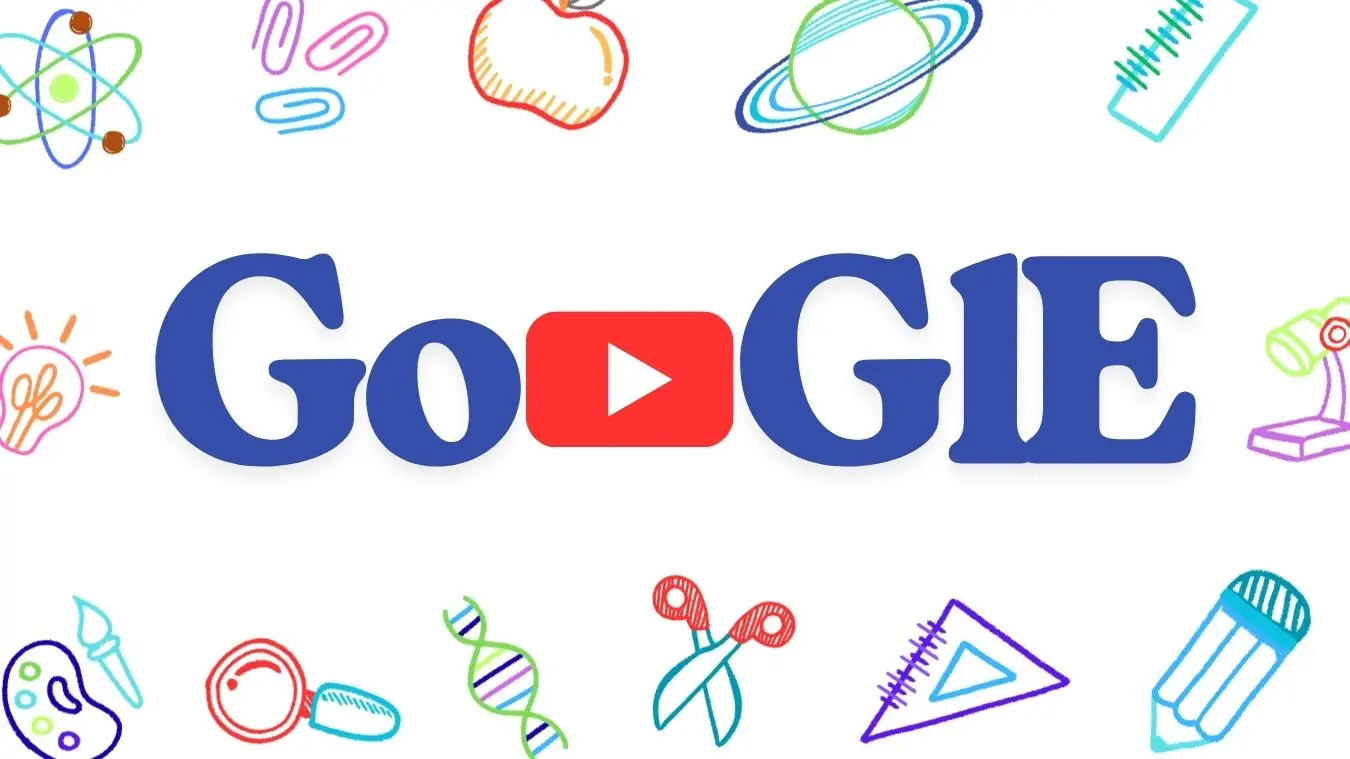TECHNOLOGY
Google Doodle Today: Celebrating Culture and History

Google Doodle today is the creative artwork or interactive design on Google’s homepage, celebrating important events, holidays, and influential figures, while fostering global cultural awareness and storytelling.
Introduction
Every time I visit Google’s homepage, I look forward to seeing whether the logo has been transformed into something special. On most days, it’s the familiar colorful letters, but occasionally, it surprises me with a Google Doodle, an artistic design, interactive game, or animation that tells a cultural or historical story. What fascinates me about today’s Google Doodle is how it goes far beyond design; it acts as a storytelling medium that blends education, entertainment, and cultural preservation.
The Origins of Google Doodles
The very first Google Doodle dates back to 1998, when Google founders Larry Page and Sergey Brin placed a stick-figure behind the “o” in the logo to signal their trip to the Burning Man Festival. What began as a playful out-of-office message quickly grew into a tradition that users eagerly anticipate.
By the early 2000s, Google had formed a dedicated team known as the Doodlers, a mix of illustrators, designers, and engineers, whose sole mission was to create these visual celebrations.
Why Today’s Google Doodle Matters
When I see a Doodle today, I know it’s not random. Every design follows a clear purpose:
- Education: By clicking, I often discover details about figures or events I didn’t know.
- Entertainment: Interactive games like the 2010 Pac-Man Doodle or the Tokyo Olympics Champion Island Game (2021) turn the homepage into a playground.
- Cultural Awareness: From Diwali to Indigenous Peoples’ Day, Doodles celebrate traditions that spark conversations worldwide.
What makes today’s Doodle powerful is its universal accessibility. With just one click, users are transported into a cultural lesson that feels both personal and global.
Categories of Google Doodles
Google Doodles fall into several categories, each with a specific purpose:
1. Holidays and Festivals
From New Year’s Day to Diwali, Halloween, and International Women’s Day, Doodles help bring people together by highlighting both global and regional celebrations.
2. Anniversaries and Historical Events
Google often commemorates pivotal moments in history, such as the Apollo 11 moon landing or the fall of the Berlin Wall, reminding users of humanity’s shared achievements.
3. Notable Figures
Doodles honor the birthdays or legacies of influential figures, such as Albert Einstein, Frida Kahlo, Martin Luther King Jr., and Maya Angelou. These tributes often introduce younger audiences to important contributors in science, art, literature, and activism.
The Creative Process Behind a Google Doodle
Designing today’s Doodle is no small task. The process usually follows these steps:
- Idea Selection: A diverse team researches upcoming anniversaries, global events, and figures worth celebrating.
- Design and Illustration: Doodlers sketch out concepts, experimenting with colors, shapes, and animation.
- Engineering Development: For interactive or animated Doodles, engineers program the functionality.
This careful balance of art, technology, and cultural sensitivity ensures that each Doodle resonates with audiences.
Criticism and Controversies
While Google Doodles are widely celebrated, they have faced some criticism:
- Representation Gaps: At times, critics argue that certain cultures or figures are underrepresented.
- Political Sensitivity: Google must navigate cultural and political differences carefully when designing Doodles for a global audience.
- Over-commercialization Concerns: Some argue that Doodles can be seen as brand-driven rather than purely cultural.
Nonetheless, Google continues to adapt by expanding its Doodle team and improving diversity in its selection process.
FAQs
Q1: Are Google Doodles the same worldwide?
Not always. Some are designed for global audiences, while others highlight local traditions or figures.
Q2: Can the public suggest Doodle ideas?
Yes, Google accepts submissions from individuals and organizations through their official Doodle page.
Q3: Why don’t I see the same Doodle as my friend?
Localization means some Doodles appear only in specific countries or regions.
Final Thoughts
Google Doodle today is far more than just a logo change; it’s a global storytelling platform. Every illustration or game reflects the importance of culture, history, and innovation.
As someone who values creativity and knowledge, I find Doodles to be an inspiring reminder that even a simple homepage can become a canvas for education, inclusivity, and joy. Each Doodle is a celebration of humanity’s shared journey, bridging past achievements with present-day awareness and future possibilities.
-

 BIOGRAPHY7 months ago
BIOGRAPHY7 months agoBehind the Scenes with Sandra Orlow: An Exclusive Interview
-

 HOME1 year ago
HOME1 year agoDiscovering Insights: A Deep Dive into the //vital-mag.net blog
-

 HOME1 year ago
HOME1 year agoSifangds in Action: Real-Life Applications and Success Stories
-

 BIOGRAPHY1 year ago
BIOGRAPHY1 year agoThe Woman Behind the Comedian: Meet Andrew Santino Wife




























